On August 31, 1946, the editors of The New Yorker announced that the most recent edition “will be devoted entirely to just one article on the almost complete obliteration of a city by one atomic bomb.” Though President Harry S. Truman had ordered the use of two atomic bombs on Hiroshima and Nagasaki a year earlier, the staff at The New Yorker believed that “few of us have yet comprehended the all but incredible destructive power of this weapon, and that everyone might well take time to consider the terrible implications of its use.”
Theirs was a weighty introduction to wartime reporter John Hersey’s four-chapter account of the wreckage of the atomic bomb, but such a warning was necessary for the stories of human suffering The New Yorker’s readers would be exposed to.
Hersey was certainly not the first journalist to report on the aftermath of the bombs. Stories and newsreels provided details of the attacks: the numbers wounded and dead, the staggering estimated costs—numerically and culturally—of property lost, and some of the visual horrors. But Hersey’s account focused on the human toll of the bombs and the individual stories of six survivors of the nuclear attack on Hiroshima rather than statistics.
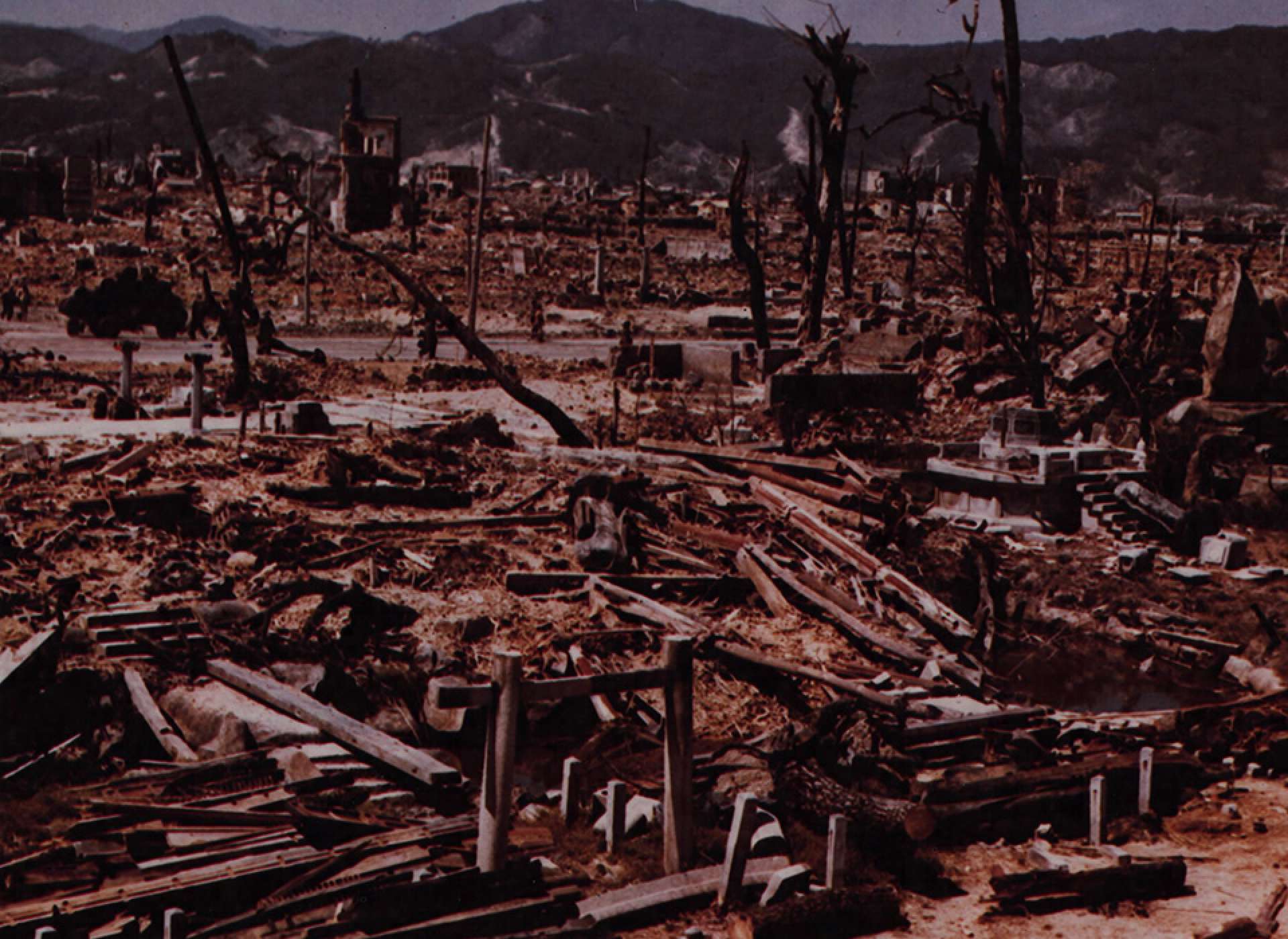
View of Hiroshima after the bombing, courtesy of the National Archives and Records Administration.
Hersey was both a respected reporter and a gifted novelist, two occupations that provided him with the skills and compassion necessary to write his extensive essay on Hiroshima. Born in Tientsin, China in 1914 to missionary parents, Hersey later returned to the states and graduated from Yale University in 1936. Shortly after, he began a career as a foreign correspondent for Time and Life magazines and covered current events in Asia, Italy, and the Soviet Union from 1937 to 1946. Hersey won the Pulitzer Prize for his novel A Bell For Adano (a story of the Allied occupation of a town in Sicily) in 1944, and his talents for fiction inspired his later nonfiction writing. He spent three weeks in May of 1946 on assignment for The New Yorker interviewing survivors of the atomic attacks and returned home where he began to write what would become “Hiroshima.”
Hersey was determined to present a real and raw image of the impact of the bomb to American readers. They could not depend on censored materials from the US Occupying Force in Japan to accurately present the wreckage of the atomic blast. Hersey’s graphic and gut-wrenching descriptions of the misery he encountered in Hiroshima offered what officials could not: the human cost of the bomb. He wanted the story of the victims he interviewed to speak for themselves, and to reconstruct in dramatic yet relatable detail their experiences.
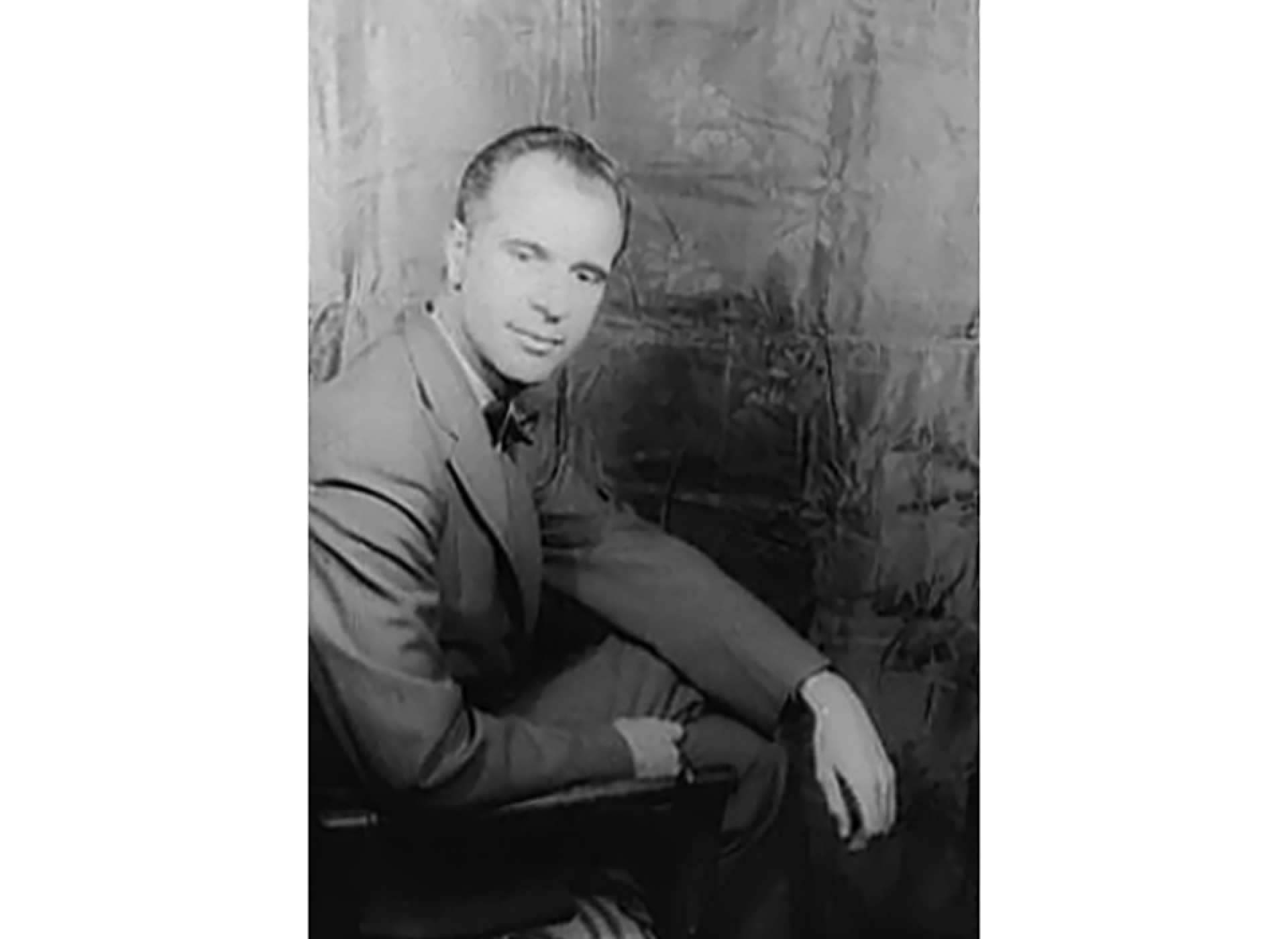
Portrait of John Hersey by Carl Van Vechten from 1958, courtesy of The Library of Congress.
Hersey organized his article around six survivors he met in Hiroshima. These were “ordinary” Japanese with families, friends, and jobs just like Americans. Miss Toshiko Sasaki was a 20 year old former clerk whose leg had been severely damaged by fallen debris during the attack and she was forced to wait for days for medical treatment. Kiyoshi Tanimoto was a pastor of a Methodist Church who appeared to be suffering from “radiation sickness,” a plight that befell another of Hersey’s interviewees, German-born Jesuit Priest Father Wilhelm Kleinsorge. Mrs. Hatsuyo Nakamura’s husband died while serving with the Japanese army, and she struggled to rebuild her life with her young children after the attack. Finally, two doctors—Masakazu Fujii and Terufumi Sasaki—were barely harmed but witnessed the death and destruction around them as they tended to the victims.
Each of the essay’s four chapters delves into the experiences of the six individuals before, during, and after the bombing, but it’s Hersey’s unembellished language that makes his writing so haunting. Unvarnished descriptions of “pus oozing” from wounds and the stench of rotting flesh are found throughout all of the survivors’ stories. Mr. Tanimoto recounted his search for victims and encountering several naked men and women with “great burns…yellow at first, then red and swollen with skin sloughed off and finally in the evening suppurated and smelly.” Tanimoto—for all of the chaos that surrounded him—recalled that “the silence in the grove by the river, where hundreds of gruesomely wounded suffered together, was one of the most dreadful and awesome phenomena of his whole experience.”
“The hurt ones were quiet; no one wept, much less screamed in pain; no one complained; none of the many who died did so noisily; not even the children cried; very few people even spoke.”
John Hershey
At the same time, Hersey also describes the prevalence of radiation sickness amongst the victims. Many who had suffered no physical injuries, including Mrs. Nakamura, reported feeling nauseated long after the attack. Father Kleinsorge “complained that the bomb had upset his digestion and given him abdominal pains” and his white blood count was elevated to seven times the normal level while he consistently ran a 104 degree temperature. Doctors encountered many instances of what would become known as radiation poisoning but often assured their patients that they would “be out of the hospital in two weeks.” Meanwhile, they told families, “All these people will die—you’ll see. They go along for a couple of weeks and then they die.”
Hersey’s interviews also highlighted the inconceivable impact of the nuclear blast. Americans may have believed that such a powerful explosion would be deafening, but the interviewees offered a different take. More than a sound, most of the interviewees described blinding light at the moment of the attack. Dr. Terufumi Sasaki remembered the light of the bomb “reflected, like a gigantic photographic flash,” through an open window while Father Kleinsorge later realized that the “terrible flash” had “reminded him of something he had read as a boy about a large meteor colliding with the earth.” Hersey’s title of the first chapter is, in fact, “A Noiseless Flash.”
The attack also left a bizarre mark on the landscape. While buildings were reduced to rubble, the power of the bomb “had not only left the underground organs of plants intact; it had stimulated them.” Miss Sasaki was surprised upon her return to Hiroshima in September by the “blanket of fresh, vivid, lush, optimistic green” plants that grew over the destruction and the day lilies that blossomed from the heaps of debris. Others remembered eating pumpkins and potatoes that were perfectly roasted in the ground by the fantastic heat and energy of the bomb.
With its raw descriptions of the terror and destruction faced by the residents of Hiroshima, Hersey’s article broke records for The New Yorker and became the first human account of the attack for most Americans. All 300,000 editions of The New Yorker sold out almost immediately. The success of the article resulted in a reprinted book edition in November that continues to be read by many around the world. Meanwhile, Hersey remained relatively removed from his work, refusing most interviews on the book and choosing instead to let the work speak for itself.
Decades later, his six interviewees remain a human connection to the attacks and the deep, philosophical questions they raised. “A hundred thousand people were killed by the atomic bomb, and these six were among the survivors,” Hersey said, leaving them to “still wonder why they lived when so many others died,” or “too busy or too weary or too badly hurt to care that they were the objects of the first great experiment in the use of the atomic power which…no country except the United States, with its industrial know-how, its willingness to throw two billion gold dollars into an important wartime gamble, could possibly have developed.”
This article is part of a series commemorating the 75th anniversary of the end of World War II made possible by the Department of Defense.
Stephanie Hinnershitz, PhD
Stephanie Hinnershitz is a historian of twentieth century US history with a focus on the Home Front and civil-military relations during World War II.
Cite this article:
MLA Citation:
APA Citation:
Chicago Style Citation:
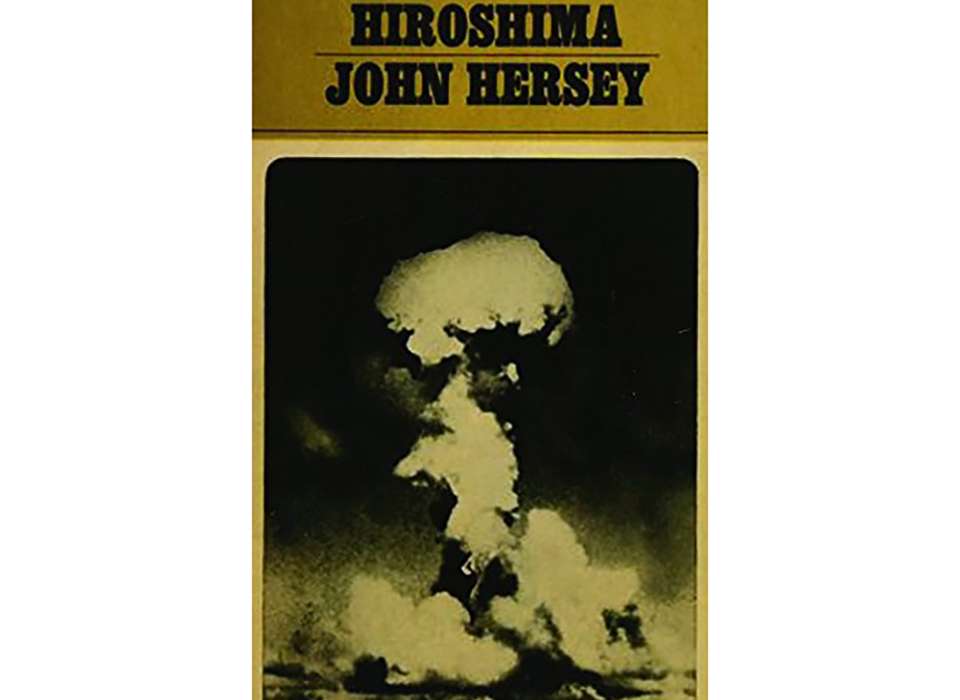
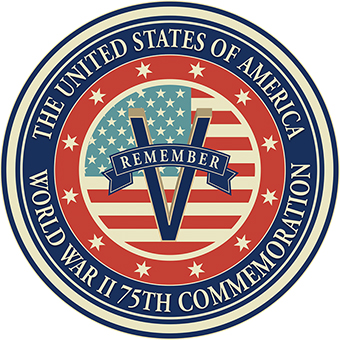
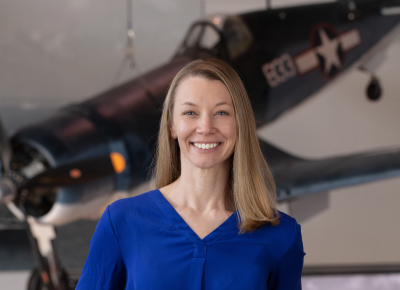
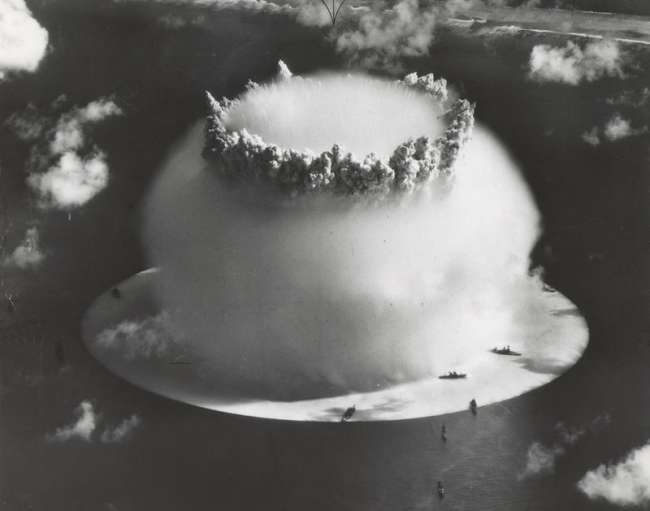
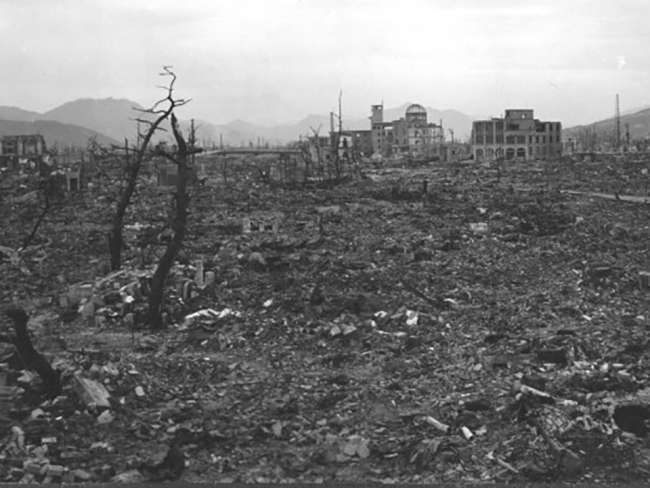
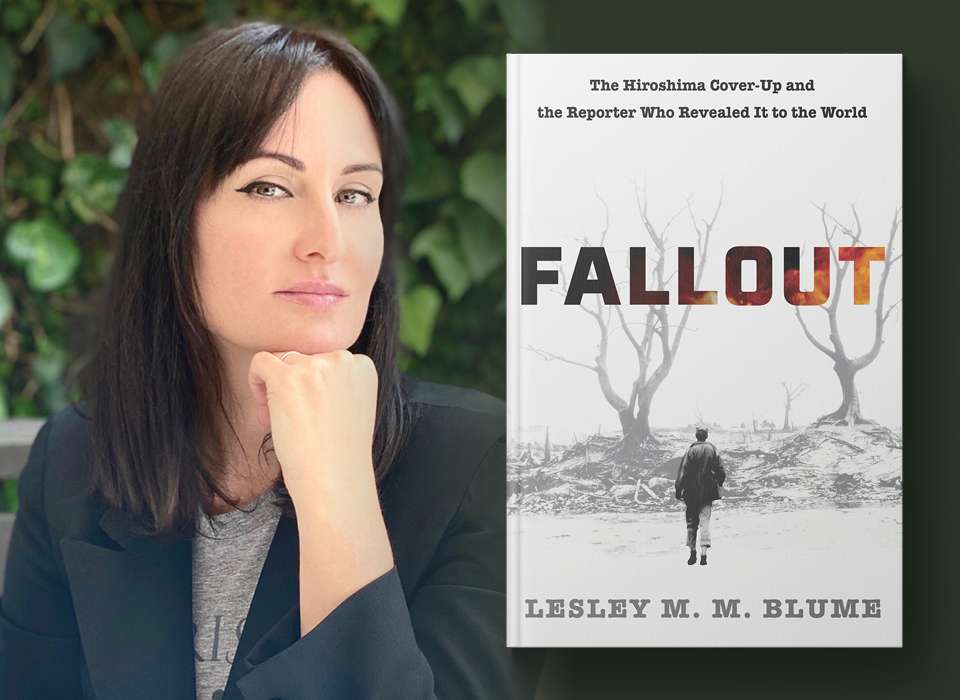
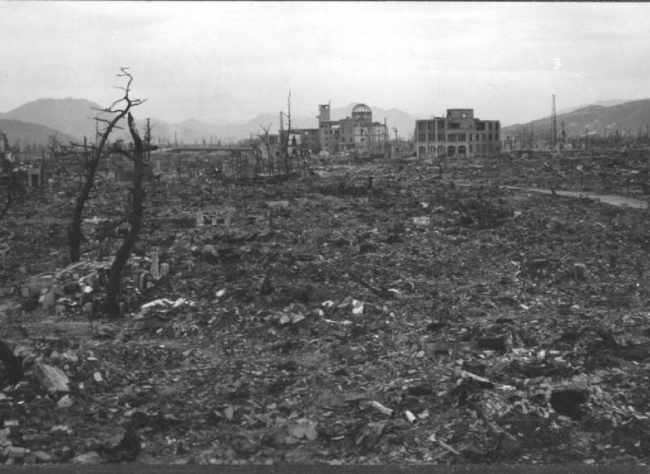





![Max Fuchs, New York City cantor, sings as Rabbi Sydney [sic] Lefkowitz, Richmond, VA, conducts the first Jewish services from Germany.](/sites/default/files/styles/max_650x650/public/2025-10/image1.jpg)

